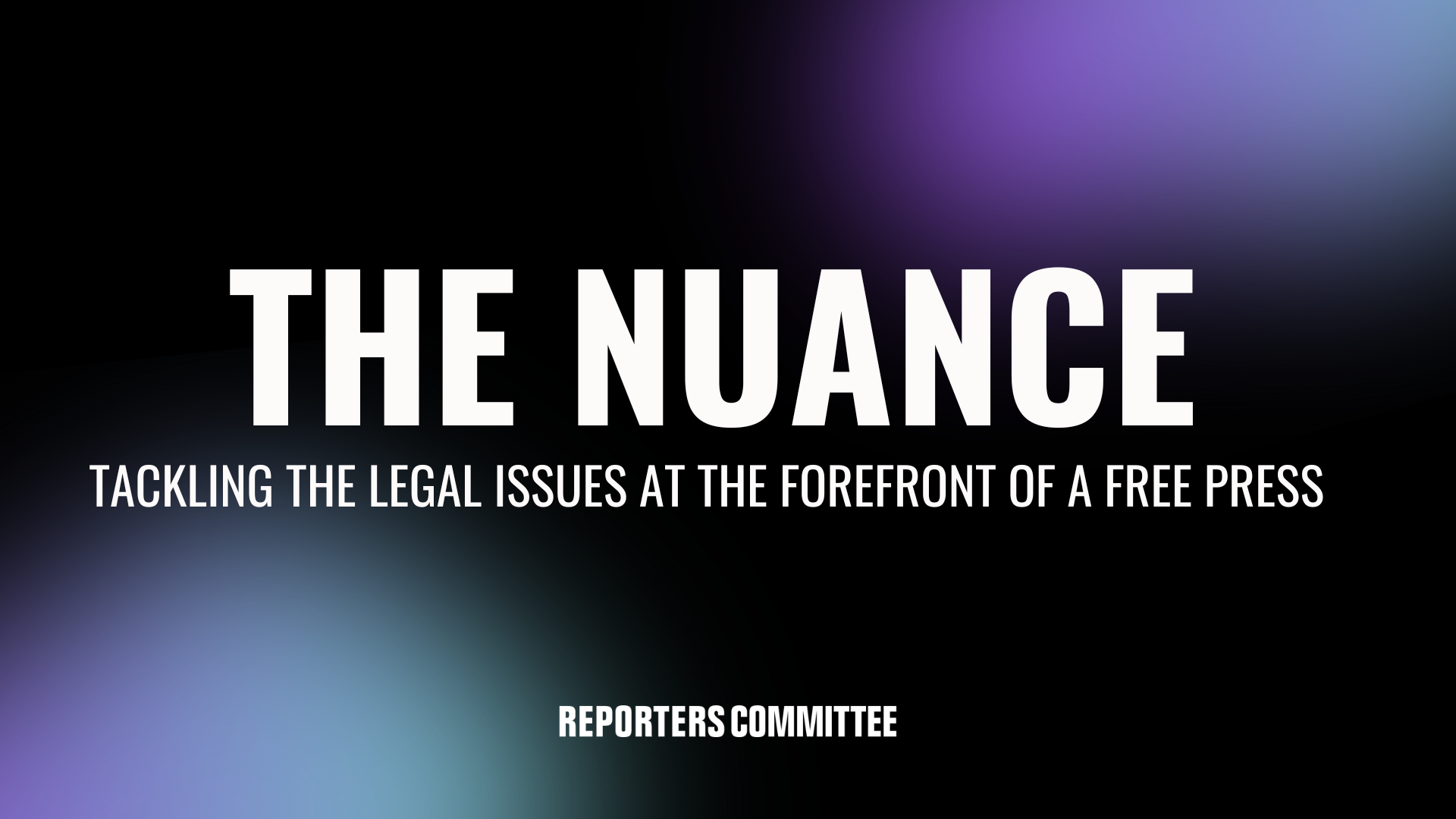Why is it so hard to access court filings?

If you like this post, sign up to get The Nuance newsletter delivered straight to your inbox every Sunday night!
Without much fuss, the U.S. Supreme Court recently launched a feature that allows anyone — not just litigants representing parties before the Court — to subscribe to email docket alerts for cases the justices are hearing. (If you’d like to take advantage of this new feature, follow this link, type in the case number of the matter you’re interested in following, and click the mail icon at the top of the page.) This might seem like smallish potatoes, but the feature puts the Supreme Court ahead of all other federal courts and many other state courts in terms of ease of accessibility.
Federal courts use an online system called PACER to track filings, court orders, and other case updates. Litigants in a case receive email alerts in the event of an update in their case, but interested parties cannot. Interested parties must also pay to access the docket in cases and the documents they would like to view. The going rate is 10 cents per page. Government transparency advocates, including the Reporters Committee, have been urging federal lawmakers to allow interested parties to access case information for free on PACER for a long time. Sen. Ron Wyden (D-Ore.) has been a leader on this issue, as has the nonprofit Fix the Court.
In an attempt to make court documents more accessible to the public, Court Listener and the Free Law Project offer a free version of PACER, which takes content from its users who have installed the Project’s browser extension and accessed the documents via PACER itself. This is an excellent service that my colleagues and I at the Reporters Committee use on a daily basis. But because it relies on its own users to access the dockets in cases that other users are following, it does not provide updates in real time, nor is it comprehensive.
While some state courts allow anyone to sign up for updates about cases easily, other states have systems that are even more cumbersome and expensive than the federal one. For instance, many counties in Pennsylvania use an online system called Infocon. Unlike the federal system, Infocon does not have any e-filing capabilities. It allows users access to scanned PDFs of paper filings and court orders, which, in my experience, are uploaded a day after they are filed. Access to Infocon costs $1.10 per minute with a minimum monthly usage invoice of $25 and an account activation fee of $25. And these fees apply even to attorneys accessing information about their own cases.
Virginia actually has a law that forbids attorneys from disseminating to third parties civil court documents they accessed online, and the state’s online system is only accessible to attorneys licensed to practice in Virginia. Courthouse News Service has mounted a First Amendment challenge to this law, which the Reporters Committee has supported in a friend-of-the-court brief. The case is currently pending before the U.S. Court of Appeals for the Fourth Circuit.
All this is to say: It is often expensive and cumbersome to access basic information — especially in real-time — about what is happening in many American courts. That should change, and we hope that Congress and state legislatures authorize broad, structural reforms. For now, though, we celebrate the small victories, like the Supreme Court adding this nifty email update feature.
The Technology and Press Freedom Project at the Reporters Committee for Freedom of the Press uses integrated advocacy — combining the law, policy analysis, and public education — to defend and promote press rights on issues at the intersection of technology and press freedom, such as reporter-source confidentiality protections, electronic surveillance law and policy, and content regulation online and in other media. TPFP is directed by Reporters Committee attorney Gabe Rottman. He works with RCFP Staff Attorney Grayson Clary and Technology and Press Freedom Project Fellow Emily Hockett.